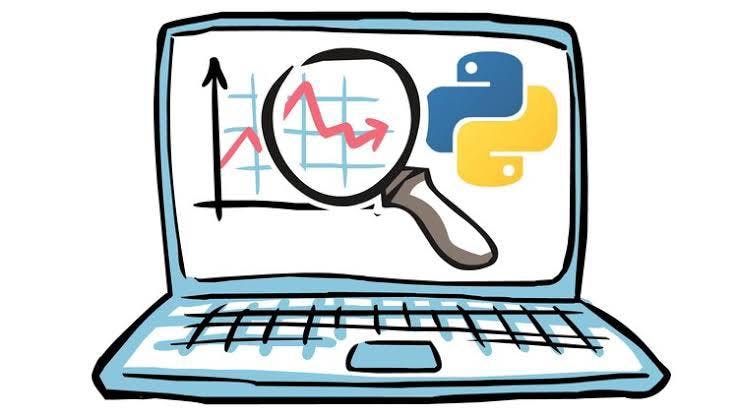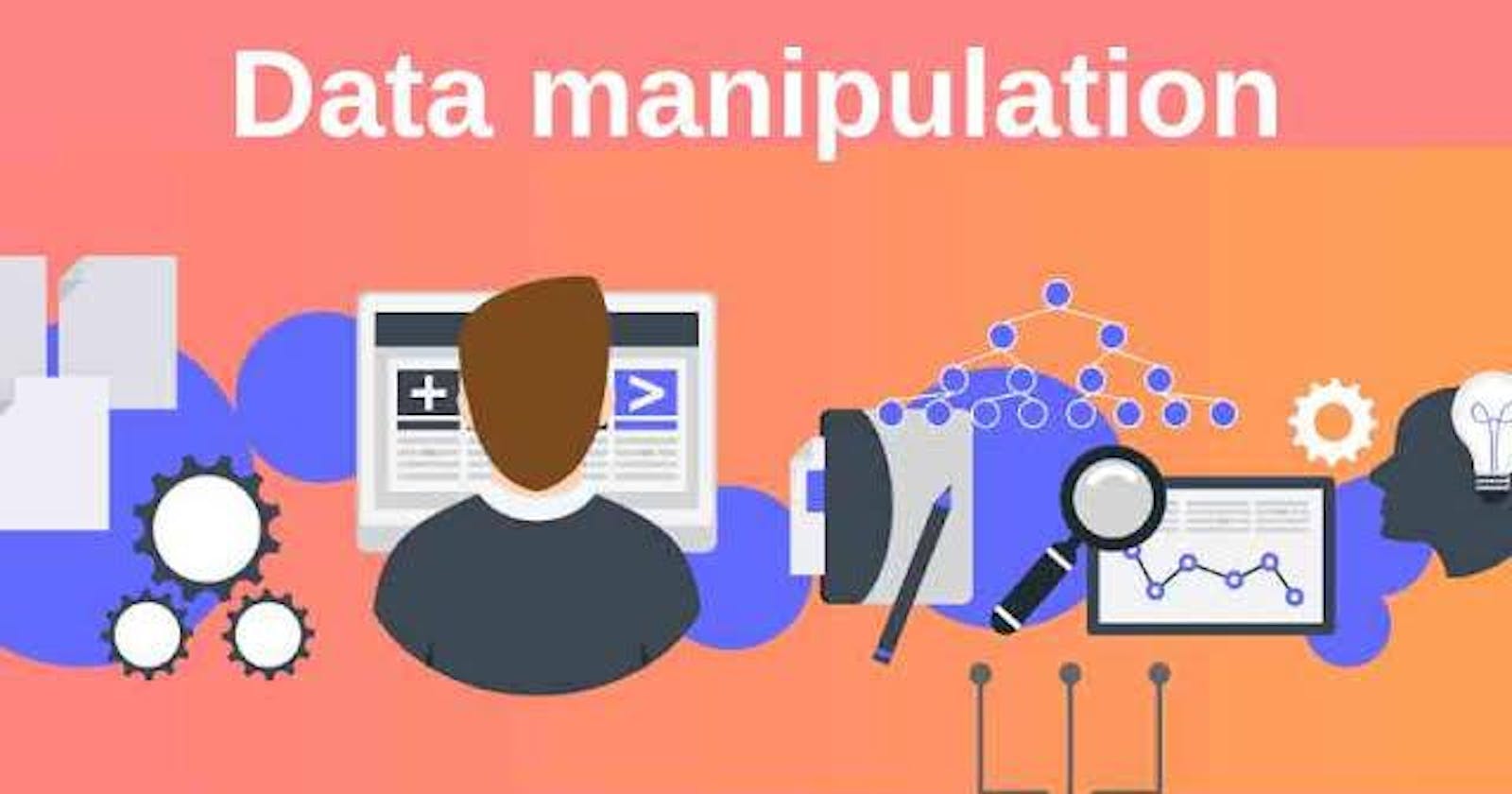What is Data?
We hear and use the word data all the time, without fully understanding the context of it. In this article, data and how it can be manipulated will be explained.
Data is a collection of discrete values that convey information, describing quantity, quality, fact, statistics, other basic units of meaning, or simply sequences of symbols that may be further interpreted. Data can take many forms, such as numbers, text, images, audio, or video. Data can be structured, like in a database or spreadsheet, or unstructured, like in a document or social media post. It can also be qualitative or quantitative.
Quantitative data is numerical and can be further divided into discrete and continuous. Discrete data is countable, such as the number of students in a class, while continuous data can take any value within a range, such as weight or temperature. While qualitative data is non-numerical and can be further divided into categorical and ordinal. Categorical data is data that can be put into categories, such as gender or hair color. ordinal data is data that can be put into categories and has an order, such as movie ratings.
Data is used to support, research and develop across many disciplines and sectors and it is a critical component of decision-making in general. It is also used in risk management as it can help companies and businesses identify and mitigate risks by providing insights into potential hazards, vulnerabilities, and threats.
Data is raw and unrefined, therefore it can't be used without some transformation to give useful information or aid decision-making. The process of transforming data is called data manipulation.

Data Manipulation
Data manipulation refers to the process of modifying, cleaning, transforming, and organizing data in order to make it more useful for analysis, decision-making, or other purposes. Data manipulation can include a wide range of tasks, including:
Data cleaning: removing errors, inconsistencies, or duplicate data from a dataset.
Data transformation: converting data from one format or structure to another.
Data normalization: adjusting data values to conform to a standard scale or format.
Data aggregation: combining data from multiple sources or creating summary statistics.
Data visualization: creating graphical or interactive representations of data.
Data reduction: removing unnecessary data or reducing the dimensionality of a dataset.

Manipulating data can be done through different methods and tools, such as using programming languages Python or R, visualization software like Tableau, Power BI or Excel, and data management tools like SQL. Data manipulation is an essential step in data analysis or data science as it helps experts to gain insights and make knowledgeable decisions from large and complicated data sets.
Before manipulating data you should,
Understand the data: Understand the data structure and content, and understand what the data represents. This will help you to identify any potential issues or errors and plan your approach for cleaning and transforming the data.
Use appropriate tools: Choose the right tools for the job. For example, if you need to manipulate large data sets, a programming language like Python or R may be more suitable than a spreadsheet program like Excel.
When it comes to data manipulation there is a need for accuracy and integrity of the data. If data manipulation is done incorrectly, errors or inaccuracies may be introduced. During the cleaning and transformation process, it is essential to verify and validate the data to ensure it is accurate and reliable. It's crucial to maintain the original data as a reference and to keep track of any changes made to it. To prevent introducing flaws or inaccuracies that could result in inaccurate conclusions or poor decision-making, data manipulation should always be done with attention and care.
Always remember data is raw and unrefined and it can't give provide the necessary information you need without being refined. Refining data requires Data manipulation.
